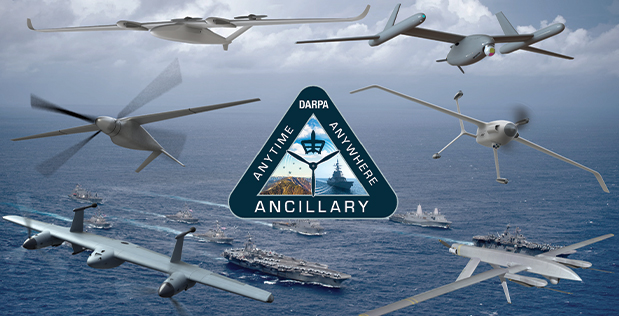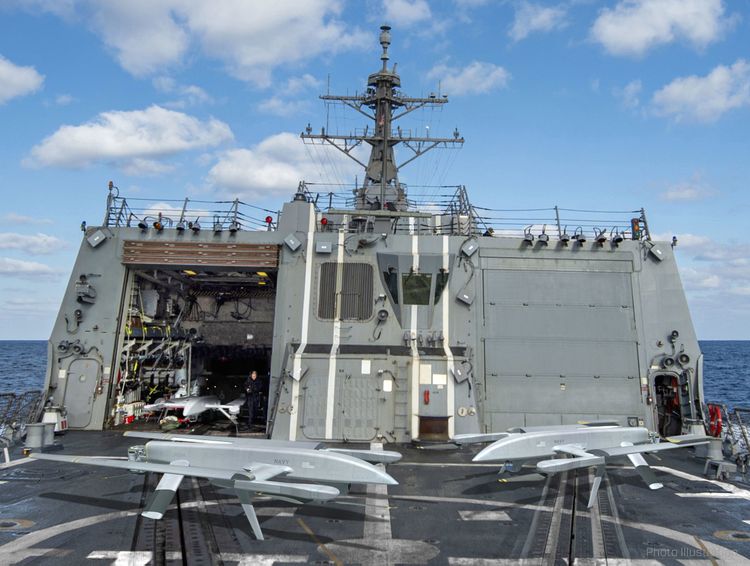DARPA has showcased six innovative design concepts for its AdvaNced airCraft Infrastructure-Less Launch And RecoverY (ANCILLARY) program, aimed at enhancing the capabilities of small vertical take-off and landing (VTOL) uncrewed aerial systems (UAS).

The selected companies, including AeroVironment, Griffon Aerospace, Karem Aircraft, Method Aeronautics, Northrop Grumman, and Sikorsky, are tasked with developing low-weight, large-payload, long-endurance VTOL X-planes that do not require complex launch and recovery infrastructure.
Program Objectives and Innovations
The ANCILLARY program seeks to triple the current capabilities of small VTOL UAS. These uncrewed systems will take off and land vertically, like helicopters, but fly efficiently like winged aircraft. They aim to support a variety of missions, including logistics, strike operations, and intelligence, surveillance, reconnaissance, and targeting (ISR/T).
“Our performers are searching for innovative ways to increase payload weight and range/endurance of small, ship-launched UAS by means of novel configurations, propulsion, and controls while also removing the need for special infrastructure,” said Steve Komadina, DARPA program manager for ANCILLARY.

Northrop Grumman’s Contribution
Northrop Grumman, recognized for its expertise in autonomous VTOL and long-endurance UAS, has been selected to develop an initial design for the ANCILLARY X-plane program. Their design focuses on a cost-efficient, multiple-mission capable vehicle built on an agile platform, weighing no more than 330 pounds. This vehicle will be deployable from moving Navy ships without the need for large mechanical launchers or recovery equipment. It will perform ISR/T missions, leveraging AI and machine learning for automated targeting, and support ship-to-ship and ship-to-shore logistics.
Future Development and Testing
In Phase Ib, the six selected companies will concentrate on risk reduction through refined design and analysis, as well as component and configuration hover testing. By the end of this 10-month phase, they will submit competitive proposals for Phase II, which involves detailed design, fabrication, and flight testing. The project aims to start X-plane flight tests in early 2026.
Broader Applications and Support
While the primary focus is on Navy and Marine missions, the technology developed through ANCILLARY is also of interest to other military branches, including the Army, Air Force, Special Operations Command, and Coast Guard. The operational capabilities provided by ANCILLARY will be enhanced by other Department of Defense research initiatives, particularly in sensors, electronic warfare, autonomy, and artificial intelligence.
Mission-Focused Team
Northrop Grumman’s team, led by Tim Frei, Vice President of Research and Advanced Design, is leveraging its extensive experience with uncrewed vertical lift aircraft and digital engineering expertise to meet DARPA’s aggressive goals. Frei highlighted the importance of combining digital engineering with practical experience from past projects to develop the next generation of autonomous VTOL military aircraft.






